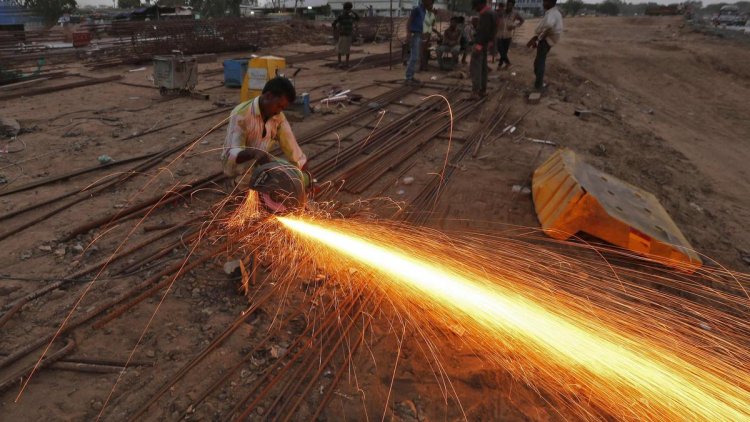Rise of Rural Manufacturing: ‘Urban-Rural Manufacturing Shift’
STORIES, ANALYSES, EXPERT VIEWS

There is growing evidence, writes M. Suresh Babu (professor of economics at IIT Madras) “to suggest that the most conspicuous trend in the manufacturing sector in India has been a shift of manufacturing activity and employment from bigger cities to smaller towns and rural areas. This ‘urban-rural manufacturing shift’ has often been interpreted as a mixed bag, as it has its share of advantages that could transform the rural economy, as well as a set of constraints, which could hamper higher growth.
“Given the size of the Indian economy and the need for balanced regional development, the dispersal of manufacturing activities is a welcome sign. However, the compulsions of global competition often extend beyond the considerations of low-wage production and depend on the virtues of ‘conducive ecosystems’ for firms to grow.”
World Bank noticed this trend a decade ago
The movement of manufacturing away from urban locations was brought out by the Work Bank in a report a decade ago ‘Is India’s Manufacturing Sector Moving Away from Cities? Policy Research Working Paper, World Bank’). This study found that ‘manufacturing plants in the formal sector are moving away from urban areas and into rural locations, while the informal sector is moving from rural to urban locations’.
Recent data from the Annual Survey off Industries for 2019-20, shows that the rural segment is a significant contributor to the manufacturing sector’s output. While 42% of factories are in rural areas, 62% of fixed capital is in the rural side. This, according to Suresh Babu “is the result of a steady stream of investments in rural locations over the last two decades. In terms of output and value addition, rural factories contributed to exactly half of the total sector. In terms of employment, it accounted for 44%, but had only a 41% share in the total wages of the sector.”
Reasons for the shift
Broadly, according to Suresh Babu ”there could be three explanations for this shift of manufacturing away from urban locations. First is the factory floorspace supply constraints. When locations get more urbanised and congested, the greater these space constraints are….
“The second explanation hinges on the production cost differentials. Many firms experience substantially higher operating costs in cities than in rural areas, with inevitable consequences for the firm’s profitability and competitiveness.
“The third is the possibility of capital restructuring…..According to this view, there is a tendency for growing capital accumulation and centralisation by large multi-plant corporations. Big firms deliberately shift production from cities to take advantage of the availability of less skilled, less unionised and less costly rural labour.”
The shift in manufacturing activities from urban to rural areas, argues Suresh Babu “has helped maintain the importance of manufacturing as a source of livelihood diversification in rural India. The growth of rural manufacturing, by generating new jobs, thus provides an economic base for the transition out of agriculture.”
Challenge: The challenge is the issue of “skills shortage’ in rural areas as manufacturing now needs higher skilled workers to compete in the highly technological global ‘new economy’. “Manufacturers who depend only on low-wage workers simply cannot sustain their competitive edge for longer periods as this cost advantage vanishes over time. Manufacturers who need higher skilled labour find that rural areas cannot supply it in adequate quantities.”
















